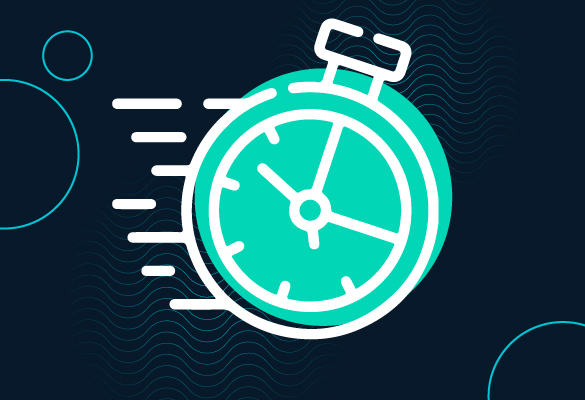
Would you like to boost your brand’s creativity and obtain impressive results in short time? In our new article, we introduce you to Design Sprint: a collaborative methodology that will revolutionize the way you approach your design projects.
Discover how Tuatara Boutique Agency apply this methodology to boost creativity and obtain innovative solutions. Don’t miss this opportunity to speed up your design process!
What is it and what is it for?
The Design Sprint is a team process developed by Google that seeks to provide creative solutions through design, in a short period of time. In this process, we will need a multidisciplinary team to carry out different tasks and goals on time.
But, before knowing the stages of Design Sprint, we should talk about the advantages that brings to your brand.👇
Advantages of the Design Sprint methodology
- Quick solutions: Thanks to the stipulated time, results and routes to follow can be seen in a short time, which saves costs and effort of the team.
- Prototypes: although we do not expect to come up with a final product, we will end up with a prototype that will fulfill the basic functions of the final product, with which we will be able to move on to the development stage.
- Solutions regardless of the project phase: These solutions are not only applicable to new processes or processes in the execution phase but can also be applied to processes that have already started or to stalled processes.
- Creative solutions: This methodology focuses on creative thinking, in which experts in several areas are brought in to help provide innovative solutions.
- Focus on the user: By having steps that focus exclusively on testing the solution, you have a direct approach to the user experience.
We must emphasize that the Design Sprint does not seek to provide a final solution or create the final product; the purpose of this methodology is to provide solutions that can be developed through a defined roadmap and tested hypotheses.
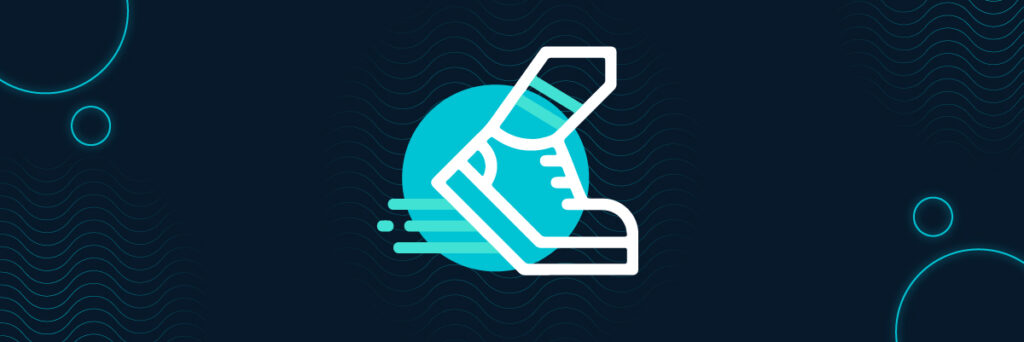
You may be interested in: Case study: Puntored website design and development by digital marketing agency
Design Sprint Stages
This methodology proposes different phases, divided into stages, where different tasks are carried out. In Tuatara Boutique Agency we use this methodology to carry out web design processes, in order to have clarity in the web development, accelerate the design process and make informed decisions about the product before investing significant time and resources in its full development.
There are some variants of Design Sprint stages, however in this article we will look at the standard form of Design Sprint.
Stage 1: Understand/Empathize
At this stage is when the team becomes familiar with the product to be developed, users, customers, competitors, objectives, etc. The objective is that the whole team is aligned and has the same knowledge about the product.
It is important that each person involved has a space to share their ideas and the ways in which the project could be approached from their expertise.
At Tuatara, we carry out the research and structure of the web process, seeking to align and organize the ideas and information in such a way that the whole team is clear about the product to be developed.
Additionally,A brief and SEO oriented work is carried out from the Marketing department, where keyword research is done, creating meta titles and meta descriptions for the content of the web page.
You can also create different documents or analysis that will help us as a basis for the following steps, some of these documents may be:
- Customer Journey
- Empathy maps
- SWOT analysis
Stage 2: Sketching, creating the information architecture
Recall that Design Sprint is a methodology based on generation of ideas and solutions for a project, taking advantage of the information gathered in the initial stage. During this phase, an information architecture is created, involving the creation of sketches and diagrams that represent the various paths that the information can follow, along with objectives definition and other key elements.
In addition, the content is organized and structured, while establishing the user’s potential navigation on the website. All this process is focused on achieving an effective and satisfactory user experience design (UX design).
Stage 3: Visualize through Wireframes
Wireframe design is a fundamental part of design process in development of digital products, such as websites or mobile applications. Wireframes are schematic, low-fidelity representations that are used to visualize the structure and layout of elements in an interface.
In wireframe design, we focus on capturing the information architecture and layout of the visual elements without worrying too much about the aesthetic details or the final visual design. We create wireframes using basic elements, such as boxes, lines and texts to represent the different components of the interface, such as buttons, forms, images and content areas.
At this stage we identify possible problems or improvements in usability and user experience before implementation.
Stage 4: Decide, with Mockups help
In stage 4 of the design process, which we call «Decide», mockups play an important role, being part of the UI design. Mockups are high-fidelity static or interactive visual representations that shows how the final interface of the digital product will look and feel. Unlike Wireframes, mockups focus on the visual details and aesthetic appearance of the interface.
Mockups allow the design team and our strategic partners to evaluate and make informed decisions about the visual design, styling, colors, typography and other visual elements of the interface. They provide a more realistic representation of the final product and help validate the design direction before moving to implementation stage.
This stage helps us save time and resources; by making fundamental decisions about the visual design before full development begins, mockups allow us to avoid costly changes and delays later in the process.
Stage 5: Prototyping
At this stage the design/development team focus on creating the product prototype. The most important thing in this prototype is functionality and design is secondary and should occupy an essentially practical function.
Navigable mockups are carried out, that resemble the experience of the webpage and it’s functional without the need of programming, covering the entire UI/UX design.
Last stage: Testing/Validation
In this last stage of Design Sprint, users interact directly with the prototype. Ideally, the entire team involved in the process can be present and act as direct spectators of the user experience.
With all this, Design Sprint will provide us with a first prototype, direct feedback from users and several conclusions in order to continue with development of the final product, all this in few days and with no more than seven people involved.
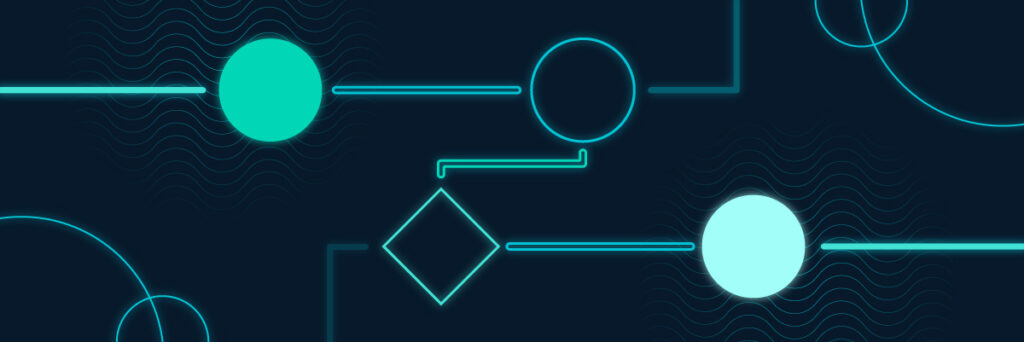
Team to develop a Design Sprint
In a Design Sprint we need a team of 5 to 7 people, involving a multidisciplinary team: Design, Marketing, Development, Management, etc. All disciplines are welcome as long as they can enrich the process.
In these teams we can see three roles that are extremely necessary in order not to get off tracks when following this methodology.
- Project leader: Is the person who will guide the team during the process. Among its most important functions are:
- Define objectives.
- Make crucial decisions (It’s not the only decision maker, but at several times we may call on your advice to make the decision that best suits the needs of the project.
- Maintain the project within the previously established scope and budget.
- Fulfills the following functions:
- Guide the team in the fulfillment of the functions previously established by the project leader.
- Maintain the team’s focus on the established purpose of the project.
- Facilitate effective and collaborative communication among team members.
- Experts: Are those team members who have expertise on the topics covered and are able to carry out the project.
Among the experts we have at Tuatara Boutique Agency professionals that are part of the departments of Marketing, Design and Development, as they are the closest professions to the actual development of a digital product. - Users: These are people who will help us in the testing phase of our prototype, it is very important that these users are related to our target audience.
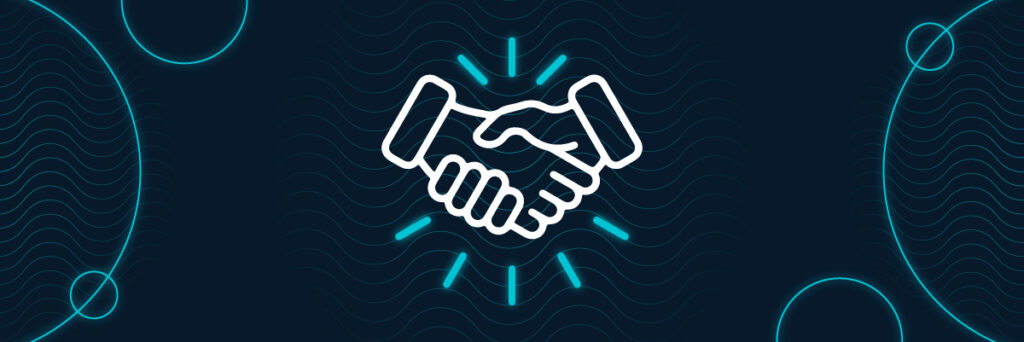
Design Sprint tools
There are some specific tools that we can use, we will name some of them below.
Physical tools: paper, pencils, blackboards and any object that can help us to easily and quickly express our ideas.
Digital tools: Some tools can be used for project management: Zoom/meet, Miro, Slack, Jira. Other tools are used exclusively for prototype development: Adobe Xd, Figma, Sketch, among many others.
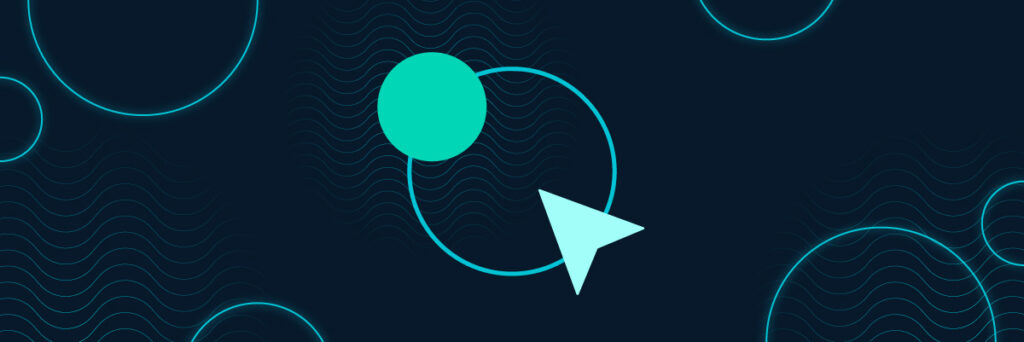
You may also be interested in: Case Study: Development and design of Ficmac website – Cancer specialized Medicine
Design Sprint: Methodology and Processes at Tuatara Boutique Agency
At Tuatara Boutique Agency, we use Design Sprint methodology to boost creativity and achieve effective results in a short period of time. This methodology allows us to take full advantage of the knowledge and experience of our multidisciplinary team, composed of professionals in Design, Marketing and Development.
By implementing Design Sprint, we can highlight the following benefits:
- Quick solutions: Thanks to defined schedules in the process, we can obtain results and find the way forward in a short period of time, which saves costs and effort for our team and our clients.
- Functional prototypes: At the end of Design Sprint, we have a prototype that fulfills the basic functions of the final product. This allows us to evaluate its viability and perform usability tests with real users and move on to the software development stage.
- Focus on creativity: Design Sprint methodology encourages creative thinking among our professionals, which helps us generate innovative solutions for our clients.
- Focus on the user: We design user-centric products to provide a satisfying experience.
If you are looking for an impeccable Design Sprint process and to develop your website, learn about our success stories and contact us for advice. Herehttps://tuatara.co/en/contact/?utm_source=organico&utm_medium=blog&utm_campaign=design-sprint!
